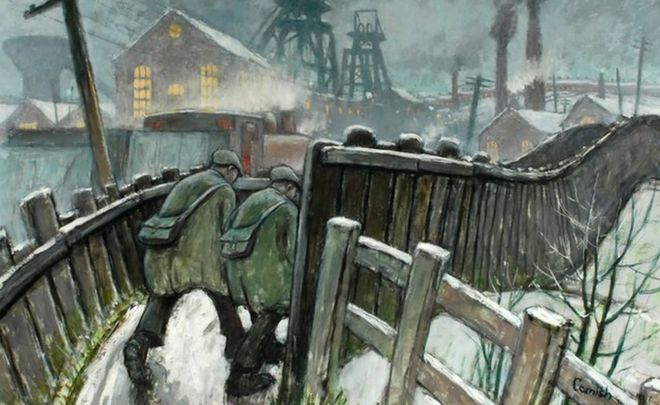LAST NIGHT Dr Mercedes Penalba-Sotorrio of Manchester Metropolitan University gave an exquisite talk on the Spanish Civil War at a crowded event at Ashton-under-Lyne Central Library. Ashton has been the scene of several such events since the unveiling of a Blue Plaque on behalf of a local lad, James Keogh, who died in the hills of Aragon in 1938 fighting for the freedom of Spaniards on the 25th, November 2011.
Dr. Mercedes Sotorrio gave a very interesting detailed account of the struggle to defend democracy in Spain of the 1930s. She described the contribution made by working-class volunteers such as James Keogh, a tailor and the son of a local binman.* But James Keogh, as she showed in her talk last night was one of a vast number of northern workingmen, who were so inspired that they fought in many battles on the Spanish peninsula, throughout the war. People went from Ireland and as she pointed out fought for both sides.
She referred particularly to the Battle of the Ebro which occurred between July and November 1938. Fought on the banks of the Ebro; the longest river in Spain, it became a slaughter house for the republic. It was a folly described so well by Antony Beevor the military historian in his book 'The BATTLE for SPAIN':
'To continue the battle in such circumstances had no military justification at all, especially when the Republic was so vulnerable there was no hope of achieving the original purpose of the offensive. But instead of withdrawing with their best troops in good order to fight again, the republican command continued to send more men across the Ebro. And all this was because Negrin believed that the eyes of Europe were upon them and he could not acknowledge a defeat. Once again, political and propaganda considerations led to yet another self-inflicted disaster.'
Dr. Sotorrio said: 'Some 35,000 people went to Spain to fight with the volunteers, mostly, but not only, in the International Brigades and some 10,000 died in the conflicts'. She agreed during the question time which followed that the Soviet Union, like the Fascist Axis powers, 'had its own agenda'; which sometimes contrasted with that of the Spanish Republic.
There was some criticism during the questions about the non-intervention of the British and French governments in the Spanish Civil War, and Dr. Sotorrio said 'it seemed that some of the British public had more understanding of the likely danger presented by Fascism to Europe'. There were also queries about the role and relevance of British Gibraltar to the conflict. In the early stages of the war the British authorities on Gibraltar had tended to assist the supporters of General Franco rather than the legally elected Spanish Republic. Some Spaniards who supported the Republic, who sought refuge in Gib. were sent back to Spain and imprisoned by Franco's supprters, and a Republican ship that sought British protection was threatened by the British that if it didn't leave the port of Gibraltar the authorities would illuminate it so that it would by vulnerable to nationalist bombers at night.
Meanwhile, although it wasn't mentioned last night, in 1937, it is worth mentioning that during the Spanish Civil War, the British Governor of Gibraltar was successful in obtaining permission from Franco to continue the Hunt.[23] The tradition of the Royal Calpe Hunt continued for more than a century. The last Hunt took place on 4 April 1939. It could not be resumed the following autumn due to the outbreak of the Second World War. Although the horses and the pack were maintained in the hope that the Hunt would resume, and the Hunt Committee remained active until 1973, the Second World War brought the end of the Royal Calpe Hunt.[4][5][7]
After the questions to Dr Mercedes Penalba-Sotorrio, the archivist who organised the event thanked the speaker and expressed his delight at the turn-out having originally worried that perhaps the subject was not sufficiently local.
* See more: www.northernvoicesmag.blogspot.com › 2011/12 › james-keogh-commemoration
**********************

![.@x_feroza says #TikTok capitulated to China & blocked her account after she posted this fab clip [sound on]](https://pbs.twimg.com/profile_images/1153709600895619072/vosYTFk-_normal.png)











